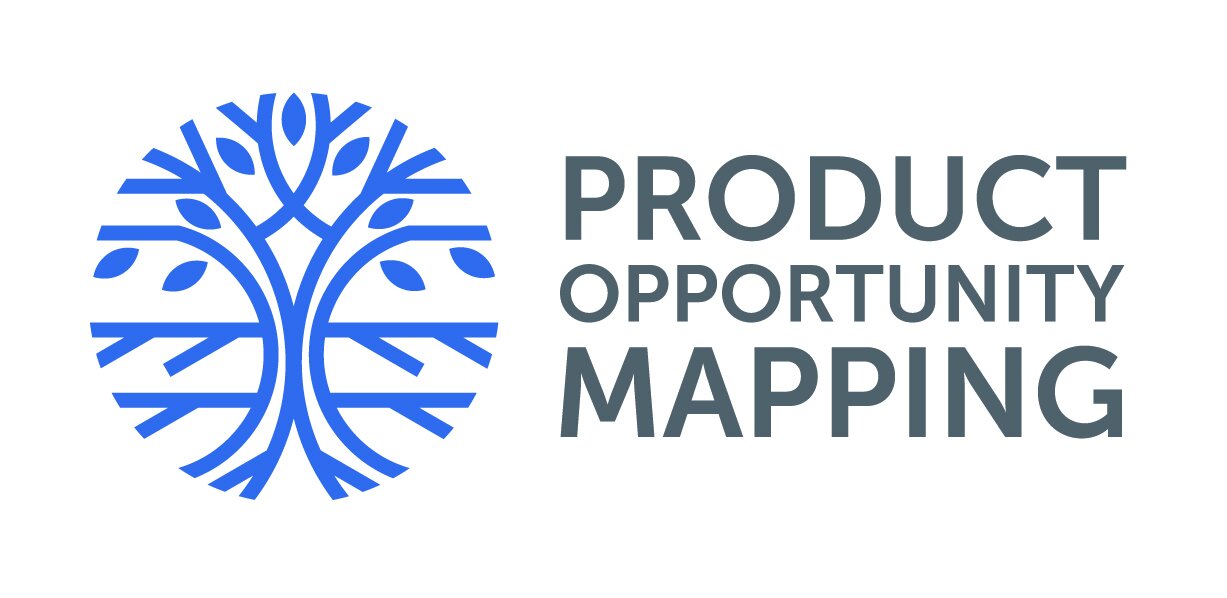Where do new products come from?
I worked with a number of companies in 2023 who wanted to include new product development as part of their 2024 corporate strategy initiatives.
With that in place, the c-suite turned to their teams and said “make it so”.
Now that we are well into Q1, those same teams are going through their more detailed planning but now I see the initial excitement wearing off. Some are having trouble figuring out where to start while others are moving in scattered directions without much thought of the big picture.
To rebuild momentum, there are two key starting points:
1. Align Company and Product Strategy
First, a new product development (NPD) effort must align with a company’s overall corporate strategy. Strategy is all about allocating finite time and resources to efforts that will advance the company in the desired direction. Developing new products can be a costly endeavour so the onus is on the c-suite to be clear about the “why” and the desired outcomes.
2. Problem First, Product Second
Second, a new product must solve a customer’s problem. It is a disturbing stat but is important to understand that over two-thirds of new product development efforts either fail completely or fail to meet expectations. A key reason why is many products are built before figuring out what problem they need to solve and if it doesn’t solve a problem, nobody will buy it.
There is a tendency of inexperienced product teams to jump right into the “solution space” before properly considering the “problem space”. Digging deep and understanding customer problems are critical first steps for every new product development effort.
A Framework for Knowing Where to Look
When looking for problems to solve, where should you be focused? A good way to frame this question is to consider three areas:
Expanding the Core Business – Can you do more of what you do now by building new products based on your current quantifiable competitive advantages?
These would be products that are innovative new offerings within your existing business lines and utilize existing commercial levers and sources of power to grow current products or are targeted towards new geographies.
Innovating into Adjacent Markets - Who else is creating value in your industry? What different market segments are familiar to you or where you might you have common customers? Are there opportunities to partner or acquire companies who are not direct competitors?
Look at new products that are innovative new business offerings that fill out your customer’s value chain or you can acquire from another player to grow, scale or vertically integrate.
Building a New Business for New Markets - Where is your industry at? Is it facing an inflection point of growth or a slow demise due the advent of new technologies (for example, generative AI) or global trends (for example, decarbonization)? What other target markets might be more lucrative to pursue?
Look at building new or acquiring existing products that are outside of your current industry or customer ecosystem and represent a new broader business opportunity.
McKinsey used a version of this framework to study “innovative growers” or companies that used innovation to grow faster than their peers. The summary is that high growth companies invested their resources in all three areas but in this order:
Expanding the core (50 – 75% of respondents);
Innovating into adjacencies (25 – 40%); and
Building a new breakout business (10 – 25%)
This suggests that the fastest growing companies will have multi-prong strategy - what does your strategy look like?
Who Else Can Help?
As noted above, successful new products solve a customer’s problem (and that problem is worthwhile solving). This means talking to customers is critical.
That’s the job of the product team but who else in your organization deals with customers on a regular basis? In many organizations it’s the frontline workers. These employees are often lower down in the organization but interact with customers directly and have first hand knowledge of the problems they are facing and which in turn could be drivers for NPD opportunities.
In the End, Build a Pipeline
I believe a desirable goal for all companies is make new product development an ongoing, core and permanent part of its operations and culture. That means not just investing in a single new product but building a pipeline with many new product opportunities that can be pursued concurrently and over time and with some built internally and others acquired.
By understanding where new products come from and have regular “problem space” conversations with current and potential customers, you can make new product development an ongoing, repeatable and scalable process.

